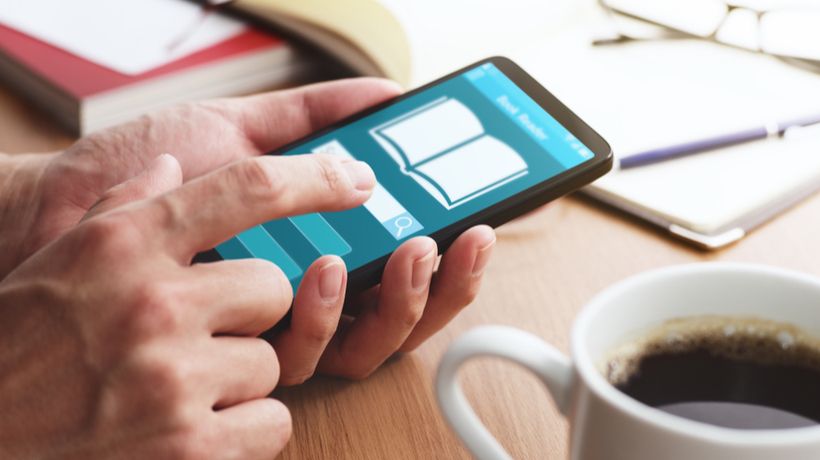
In an era ruled by smartphones, the introduction of mobile learning or m-learning in educational technology (EdTech) is revolutionizing learning experiences. Here's how the transition to small screens is shaping the education sector:
1. Ubiquitous Learning:
Learning is no longer constricted to classrooms or desktop computers. With educational apps, e-books, video lectures, and interactive exercises on mobile phones, students can now learn anywhere and at any time, making education truly ubiquitous.
2. Personalization:
Many mobile learning apps offer personalized learning paths based on the learner’s abilities and preferences. Artificial Intelligence (AI) algorithms analyze a learner's progress and automatically adapt content to suit their pace, understanding, and performance levels.
3. Gamified Learning:
Mobile EdTech has successfully gamified learning. Apps with multiplayer quizzes, puzzles, simulations, and digital rewards have made learning interactive and fun, thereby increasing student enthusiasm and participation.
4. Diverse Learning Materials:
M-learning provides easy access to a wide array of content through podcasts, videos, infographics, and text, all in the palm of your hand. This variety caters to different learning styles and needs, enhancing the overall learning experience.
5. Peer Interaction:
Many mobile learning platforms incorporate social learning features, allowing learners to collaborate, discuss and learn from each other. This peer-to-peer interaction enhances comprehension and establishes a vibrant learning community.
6. Instant Feedback:
Mobile learning apps provide real-time feedback to learners. Whether it's an educational game or a practice quiz, immediate results and feedback techniques help learners understand where they stand and how they can improve.
7. Lifelong Learning:
Mobile learning isn’t just for K-12 or college students. With professional development courses, language learning apps, and hobby-related lessons readily available on smartphones, m-learning supports continuous learning throughout a person’s life.
8. Reduction in Educational Disparity:
The affordability and accessibility of mobile phones can help bridge the digital divide. Virtual classrooms on mobile apps can reach students in remote locations, thus making quality education more accessible and reducing educational disparities.
However, like any other technological revolution, the mobile learning revolution has its own set of challenges. Internet connectivity, digital literacy, and maintaining student focus in a distraction-prone device are some of the hurdles to overcome.
Despite these challenges, with careful planning and effective execution, the mobile learning revolution shows immense promise. It’s clear that smartphones, when used effectively, can become powerful educational tools. As we adapt to this evolving educational landscape, it’s exciting to see how learners use this technology to further their education, skills, and knowledge.
